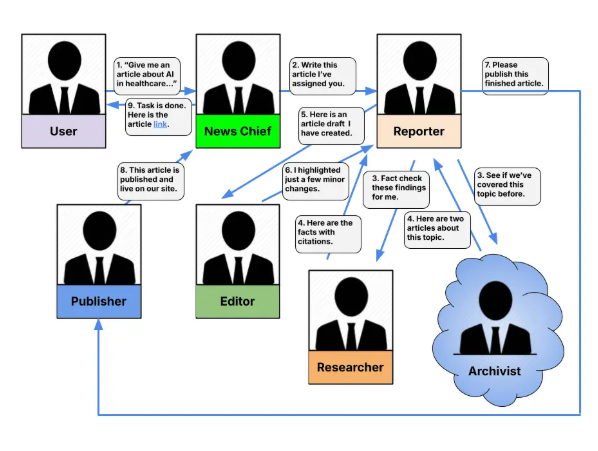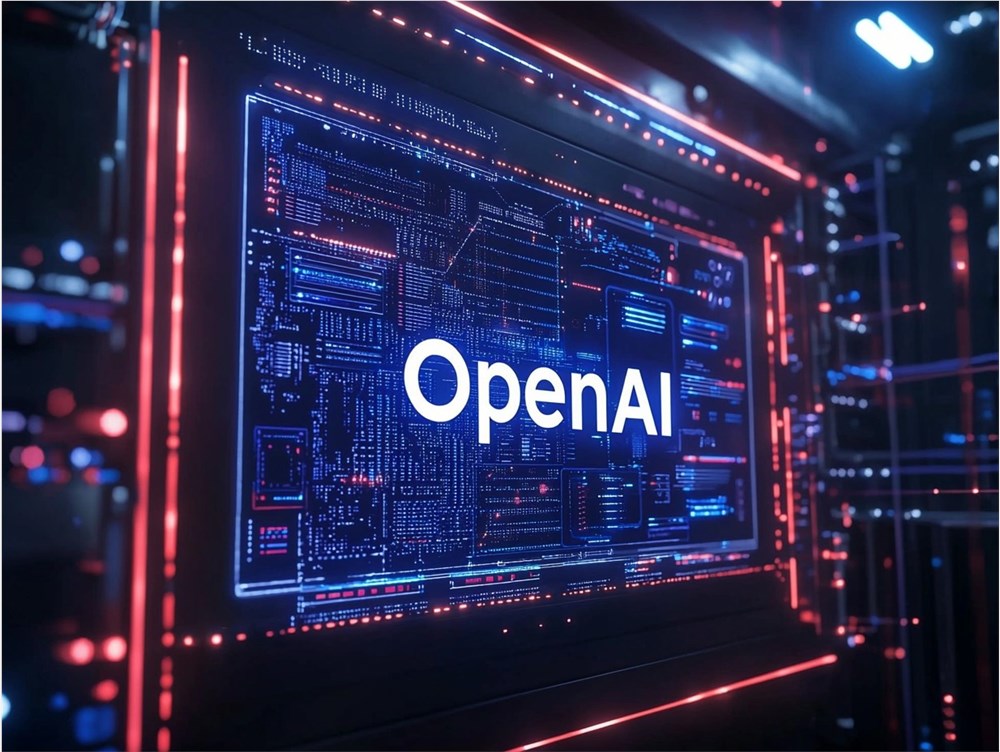Recently, OpenAI showcased a more proactive red team testing strategy in the field of AI safety, surpassing its competitors, particularly in the critical areas of multi-step reinforcement learning and external red team testing. The two papers released by the company set new industry standards for improving the quality, reliability, and safety of AI models.

The first paper, "OpenAI's AI Model and System External Red Team Testing Methods," points out that external professional teams are highly effective at identifying security vulnerabilities that internal testing may overlook. These external teams consist of cybersecurity experts and specialists in specific fields, capable of identifying flaws in the security boundaries of the model, as well as biases and control issues within the model.
The second paper, "Diverse and Effective Red Team Testing: Based on Automated Reward Generation and Multi-Step Reinforcement Learning," introduces an automated framework based on iterative reinforcement learning that can generate a variety of novel and extensive attack scenarios. OpenAI's goal is to continually iterate to enable its red team testing to more comprehensively identify potential vulnerabilities.
Red team testing has become the preferred method for iterative testing of AI models, simulating a range of lethal and unpredictable attacks to identify their strengths and weaknesses. Given the complexity of generative AI models, comprehensive testing is difficult to achieve through automation alone; therefore, OpenAI's two papers aim to fill this gap by combining human expertise with AI technology to quickly identify potential vulnerabilities.
In the papers, OpenAI proposed four key steps to optimize the red team testing process: first, define the scope of testing and assemble the team; second, select multiple versions of the model for multiple rounds of testing; third, ensure standardized documentation and feedback mechanisms during the testing process; and finally, ensure that testing results can effectively translate into lasting security improvements.
As AI technology advances, the importance of red team testing becomes increasingly prominent. Predictions from the research firm Gartner indicate that IT spending on generative AI will rise significantly in the coming years, increasing from $5 billion in 2024 to $39 billion in 2028, suggesting that red team testing will become an indispensable part of the AI product release cycle.
Through these innovations, OpenAI has not only enhanced the safety and reliability of its models but has also set a new benchmark for the entire industry, pushing AI safety practices forward.
Key Points:
🔍 OpenAI releases two papers emphasizing the effectiveness of external red team testing.
🤖 Utilizes multi-step reinforcement learning to automatically generate diverse attack scenarios.
📈 IT spending on generative AI is expected to grow significantly in the coming years, making red team testing particularly important.








